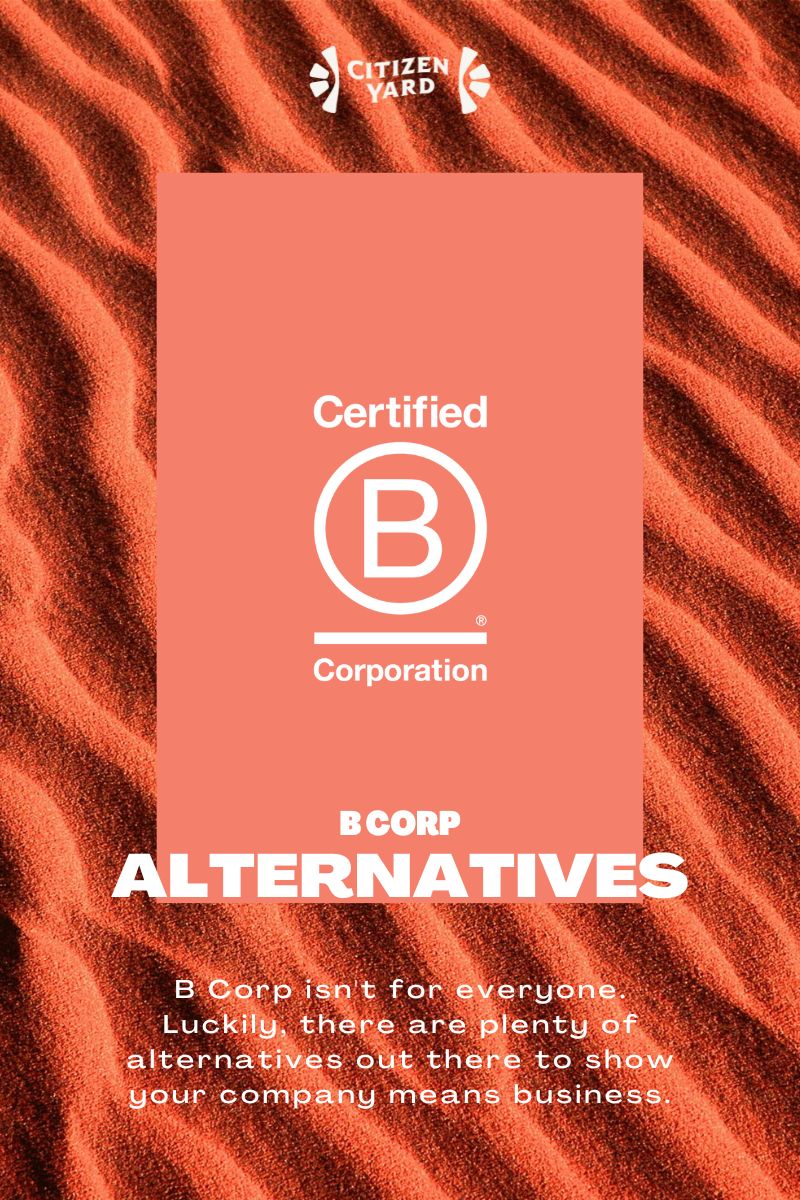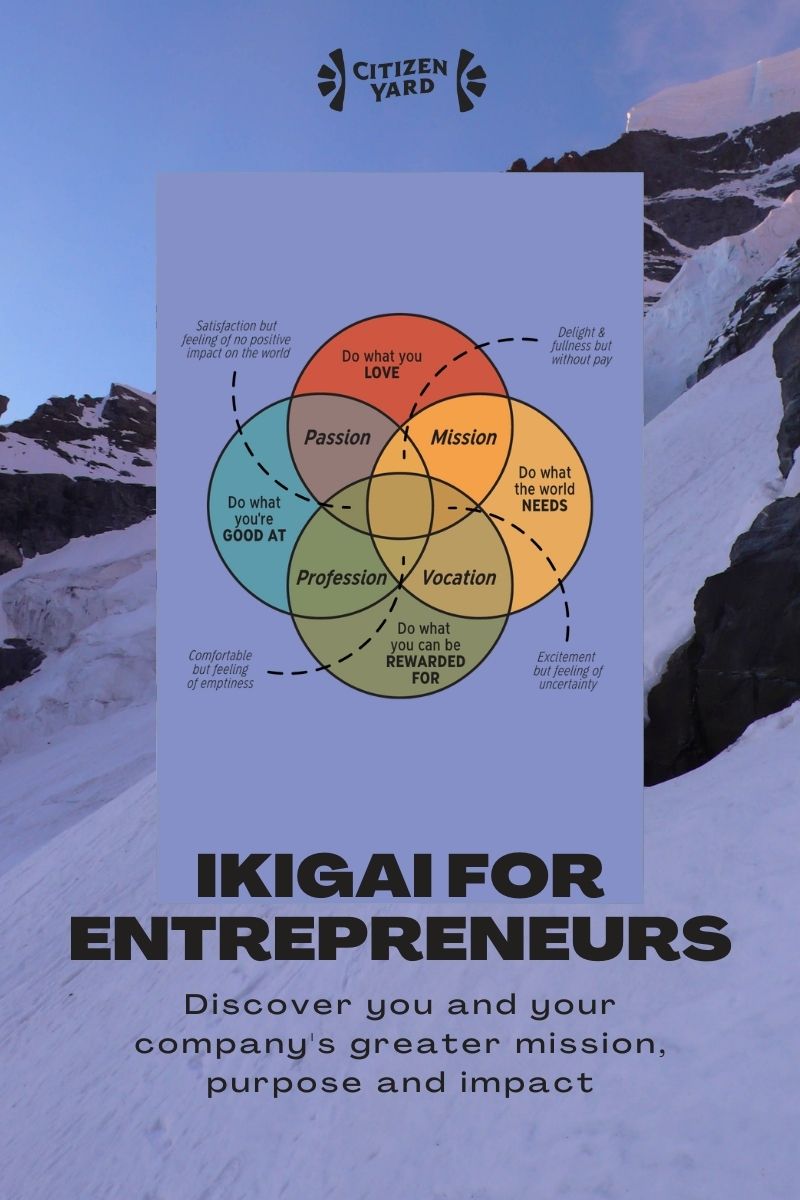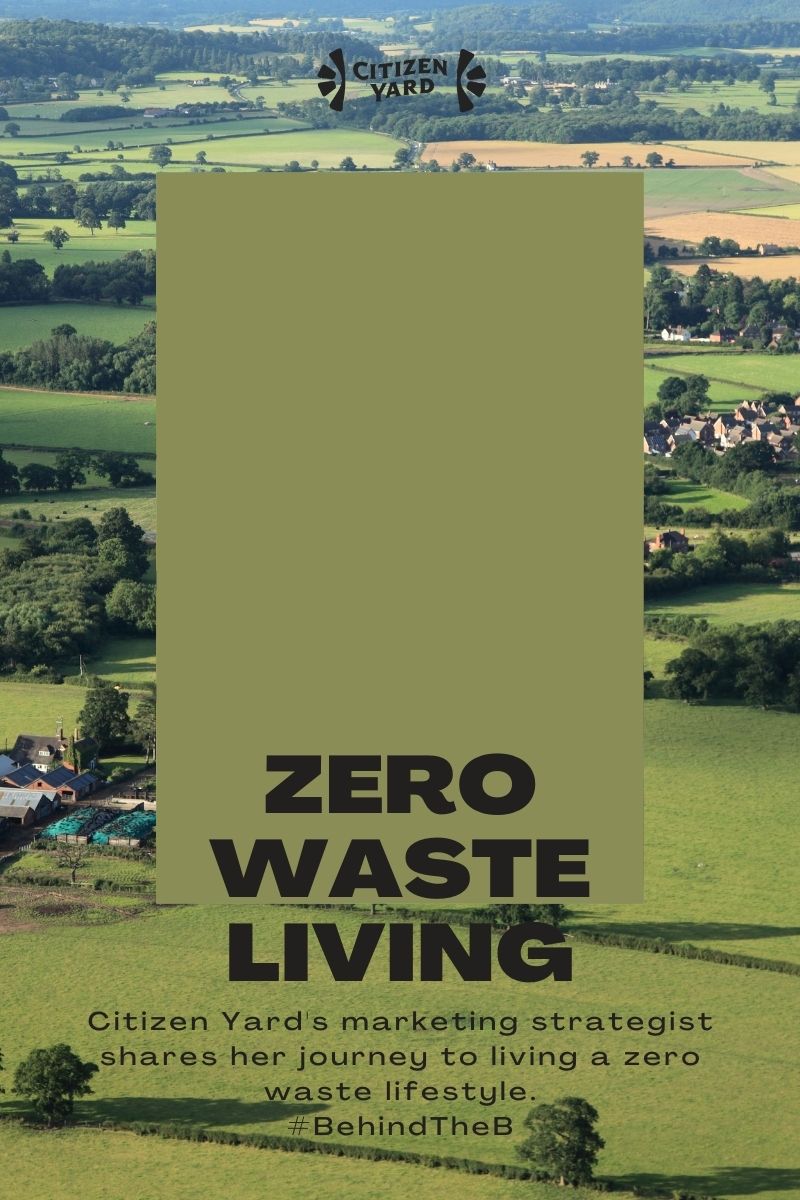
Zero Waste Living
As of 2018, the average American generates 4.9 lbs of waste per day, according to the United States Environmental Protection Agency (EPA) website.
“Wait, not me!”

Yes friend. You too. You probably just haven’t kept a tally of how much waste you produce.
To go from generating almost 5 lbs of trash per day to almost none can feel like an impossible task. But are you willing to take the first step to living zero waste?
What is Zero-Waste?
Zero-waste, according to the Zero Waste International Alliance (ZWIA), is defined as:
“The conservation of all resources by means of responsible production, consumption, reuse, and recovery of products, packaging, and materials without burning and with no discharges to land, water, or air that threaten the environment or human health.”
Keyword: responsible.
Zero waste isn’t just an environmental movement, but a lifestyle that challenges us to be more thoughtful about our purchases. Both producers and consumers are responsible for the waste that threatens the environment and our health, so we must take responsibility to clean up the mess we’ve made (literally).
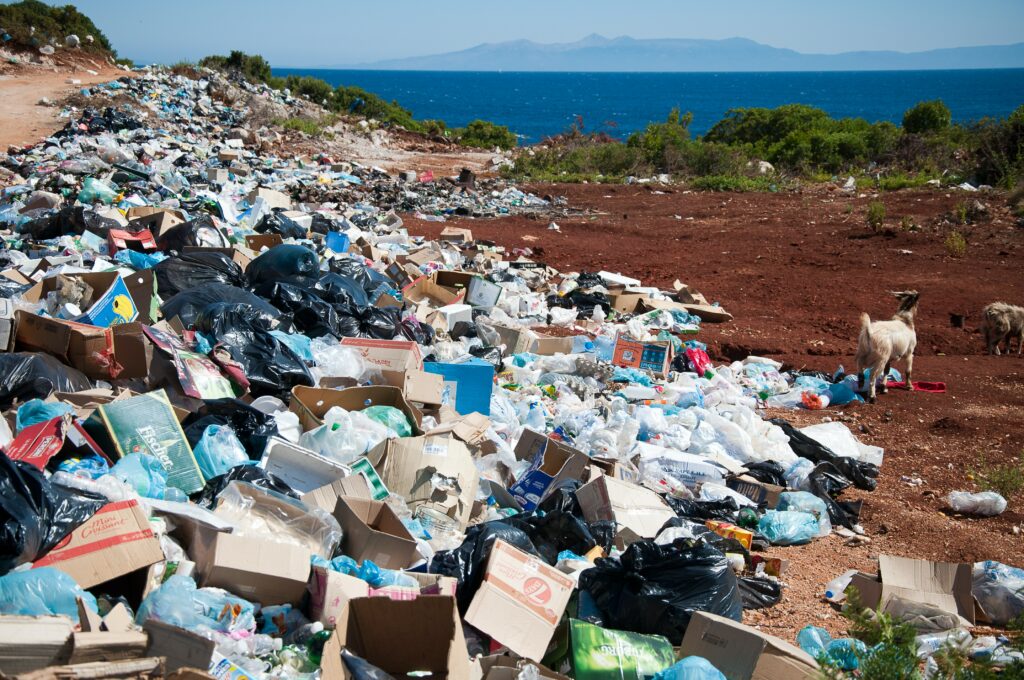
The Last 20 Years of Zero Waste
2000s: 2002 marked the founding of the Zero Waste International Alliance (ZWIA) by Richard Anthony. He was inspired to make a change while on the scientific committee for the R-Series (Resource Series) conferences after reading papers trying to solve the waste issue with incineration (burning waste) rather than nipping it in the bud. Anthony, with some of the top environmentalists, developed a dream team, conducting 9 zero waste dialogues over the proceeding 12 years.
2010s: Blogger Bea Johnson turned her blog into a global movement when she published her book Zero Waste Home in 2013. Bea shares her method that helped reduce her family’s yearly trash to fit inside a single jar: the 5Rs of Zero Waste.
The 5Rs of Zero Waste: Refuse, Reduce, Reuse, Recycle, Rot
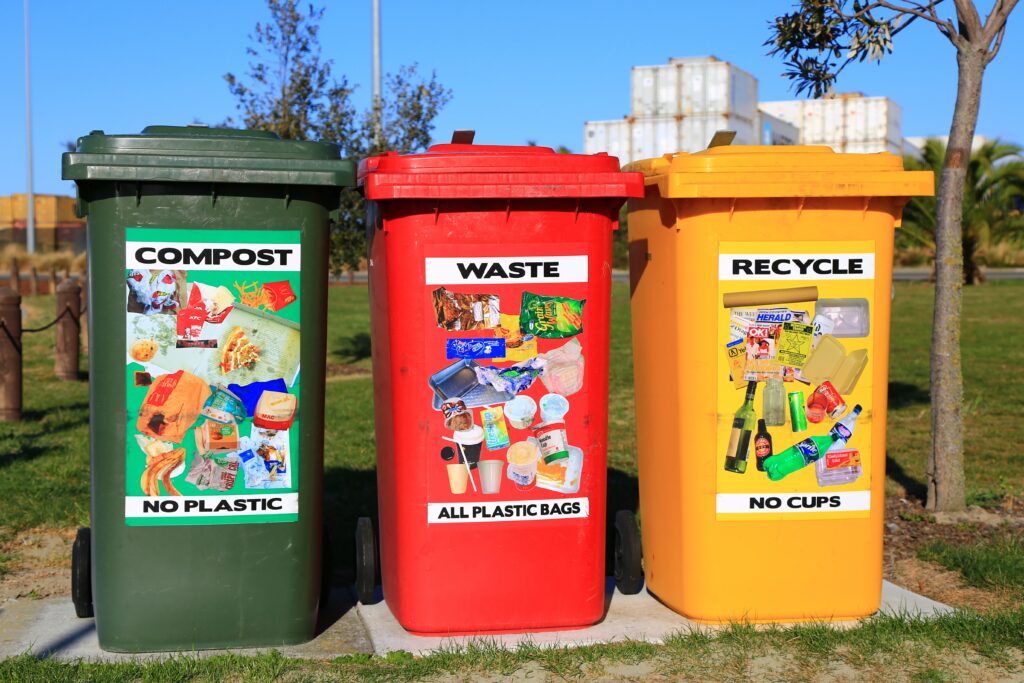
Refuse
In other words, say no. The abundance of flyers and extra straws that sit in the center console of your car can be avoided.
Once I began saying no, I saw an immediate reduction in the waste I accumulated. I was only saying no to the things I did not need:

And like anything new, sometimes you will forget. But habits will form. Eventually, you will never go anywhere again without your zero waste accessories.
Reduce
Let it go.

Our lives are full of STUFF. Junk drawers, shirts you might wear again “one day”, the darned collection of pens you can’t seem to trash.
Anyone else have an emotional attachment to the things you know deep down you don’t need anymore? Reducing what you have, once you get past the emotional attachment, is simply done. Methods like the KonMari method and the Closet Hanger method help ease the process of decluttering years of overconsumption. Once you have gotten rid of what doesn’t spark joy (shout out Marie Kondo), donate new or gently used items you no longer want to second hand stores, local charitable organizations, or sell them on platforms like Poshmark or eBay.
As you let go, you can replace single use products with their sustainable alternatives. (This is part of the consumer responsibility we talked about earlier). Instead of impulse shopping, spend time researching products and companies.
- What is the standard of environmental social responsibility at Company A?
- Do they partake in a carbon offset program?
- Have they made any efforts toward heightened sustainability recently? Or are they greenwashing?
Reuse
Now that you’ve purchased those sustainable alternatives we talked about, how can you get the most out of them? Reusing is all about getting the most out of what you’ve got.
- Invest in high quality goods, even if they cost a little more. It’ll save you money down the line.
- Bring a reusable cup to fill up at water fountains or coffee shops. You might even get a discount.
- Nix the K-Cups and opt for a less wasteful brewing method (French press or pour over)
- Reusable baking sheets instead of parchment paper
- Glass tupperware in place of Ziploc bags
Recycle
Number 4. If you can refuse, reduce, or reuse it, now you must recycle.
We often forget that Recycle is almost last in line on this list. Don’t get me wrong, recycling is important.
But National Geographic lays down the sad truth, that according to a global analysis of ALL the plastics ever produced, only 9% have been recycled. The rest has ended up in a place it doesn’t belong — landfills, the ocean floor — polluting our beautiful planet.
A few Google searches can tell you a lot about how to recycle where you live. You may be surprised to find out rules or restrictions to recycling in your hometown.
Rot
Composting feels like a big, bad undertaking. Some of us live in studio apartments without the luxury of a garden to compost. We actually don’t have to miss out on the fun! Countertop composting is possible with small, indoor compost bins that collect your scraps that would be doing worse off if in a landfill.
All the food waste disposed of in your trash ends up in those landfills. What happens then? Because of a lack of aeration, the food won’t properly decompose for a loooong time. Composting, according to the EPA website, “Reduces methane emissions from landfills and lowers your carbon footprint.”
***
Share :
Key Takeaway
Zero waste isn’t just an environmental movement, but a lifestyle that challenges us to be more thoughtful about our purchases and every day decisions. Like anything new, sometimes you will forget. But habits will form.
Next Up
Join our weekly Backyard Tailgate, a newsletter to help brands live out their mission & lead with purpose.
Each Tuesday we visit your inbox to share what we’ve learned on our own impact journey, resources, tips & tricks and introduce you to some of our world changing friends. We keep it real. We keep it honest. But most importantly, we keep it actionable.
